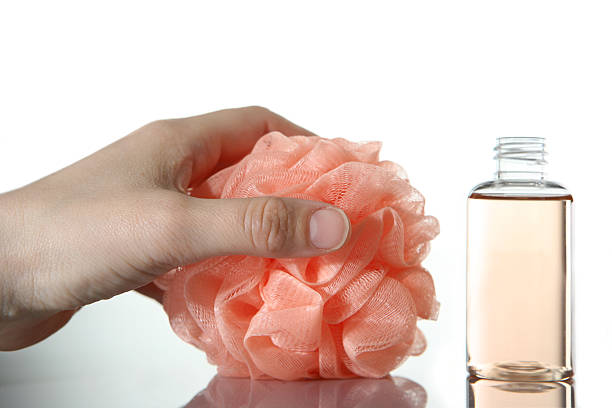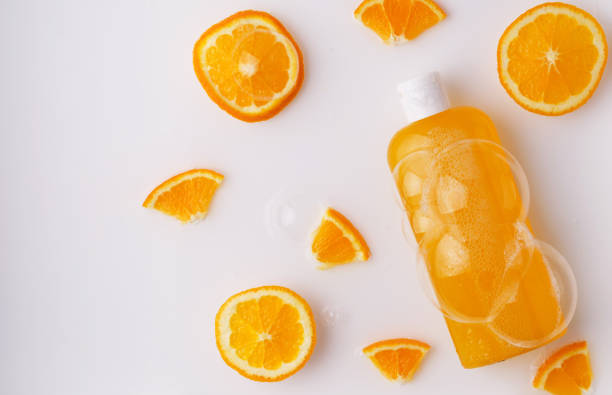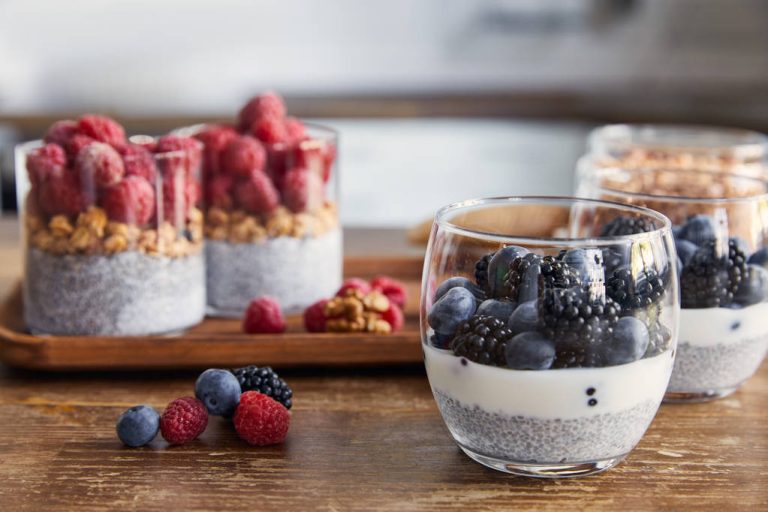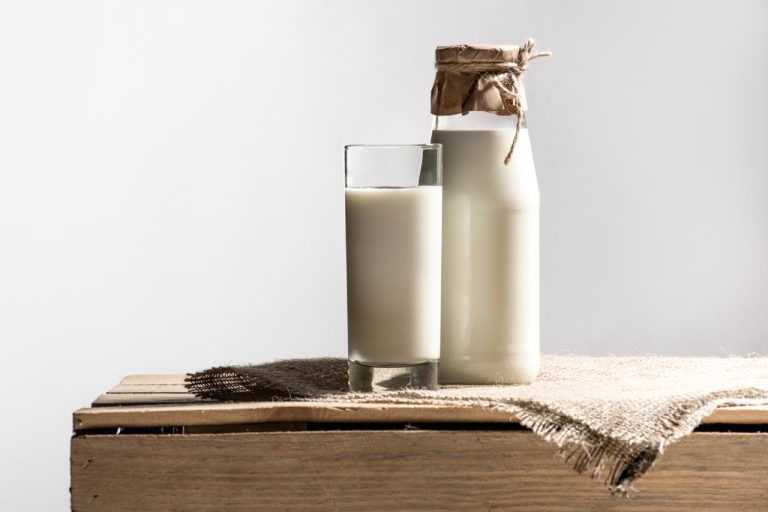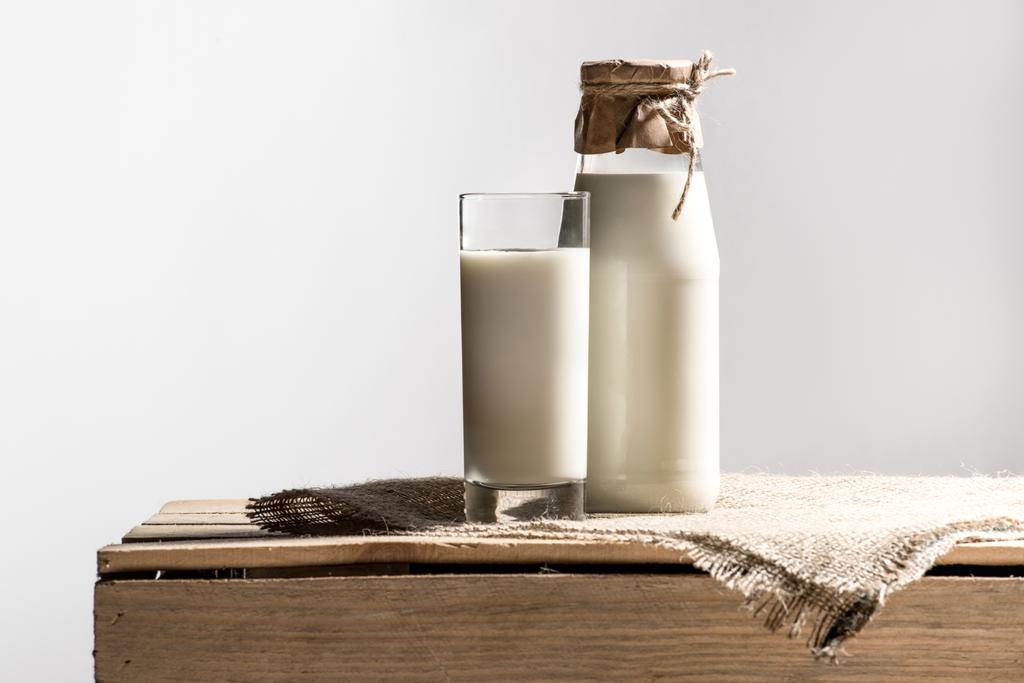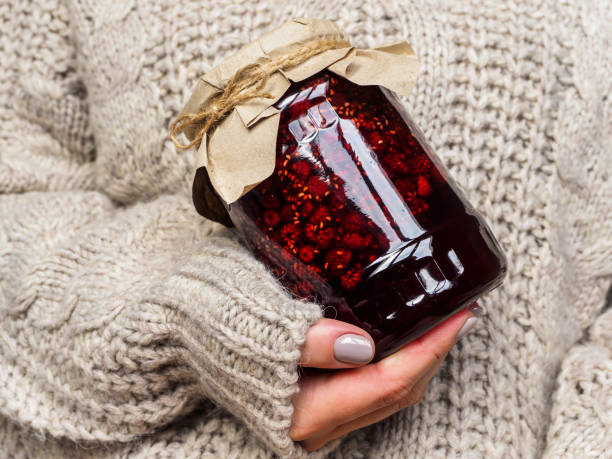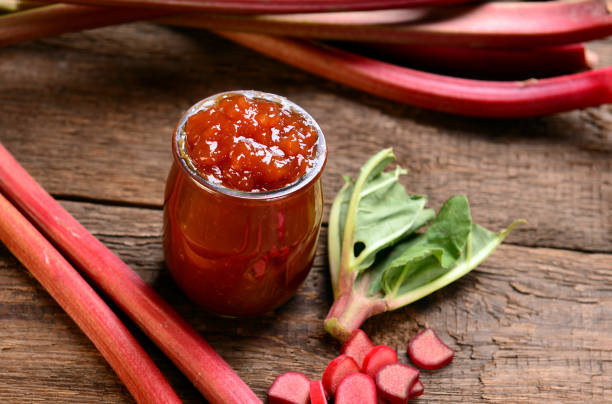Whether on coffee, cocoa or chai latte: frothed milk is part of it. Here you can find out which methods you can use to froth milk.
There are countless ways you can froth milk – from whisks to fully automatic milk frothers. The reason why you can whip the milk at all is mainly due to the natural protein content in milk. It is around three and a half percent. However, how good the froth is depends on the temperature of the milk: about 60 to 70 degrees is ideal, but you can also produce milk froth from cold milk.
Finally, the waiting time also has an effect on the milk froth: it is creamy immediately after frothing, a little later some of the milk becomes liquid again and solid, coarse-pored froth settles on top. Depending on how you like the milk best, you can use it straight away or wait a moment before mixing it with your drink.

Frothing milk – with which accessories?
There are different types of milk frothers on the market. You will find electric or mechanical hand milk frothers, fully automatic devices or cups with a movable sieve insert. But you can also use some household items to froth milk.
Froth milk with a hand blender
Almost everyone has a hand blender in their house. Have you ever used it to whip creamy soup? You can also use it to froth milk.
Since the milk squirts quickly, you should pour it into a tall, narrow container.
Note that the volume of the milk can almost double when frothed. Fill the container only half full with milk.
You can either froth the milk cold or warm it up beforehand on the stove or in the microwave. If it’s steaming but not yet boiling, it’s at a good temperature.
Froth milk by shaking
You can get by without electricity if you fill the milk in a screw-top glass and shake it vigorously for 30 to 60 seconds. Again, you should not fill the glass more than half full. Accordingly, this method is more suitable if you only want to froth a small amount of milk. If you want to heat the milk in the glass before or after frothing it in the microwave, the glass must be microwaveable.
Froth milk with a whisk or hand milk frother
Frothing milk with a whisk takes some strength and practice. You’ll get better and easier frothed milk if you use a hand-held milk frother instead. There are both electrically operated and mechanical variants. You can buy them for just a few euros, but they sometimes differ greatly in the quality of the milk froth. You can froth both small and large amounts of milk.
Mechanical milk frother for the stove
From around 15 euros you can get milk frothers made of glass or stainless steel. They usually come with strainers that you slide up and down to create foam. With a little practice you will get very good milk froth in this way.
Depending on the capacity of the vessel, you can froth different amounts of milk. A disadvantage is that most stovetops have a larger diameter than the milk frother and therefore some of the energy is lost during heating. You can also froth the milk cold or heat it up in a saucepan and then decant it. When buying such a milk frother, you should make sure that the sieve insert can be cleaned easily
Warm up and froth milk with an electric milk frother
Electric milk frothers are the most convenient option: they not only froth the milk, but also heat it to the right temperature. This works either by induction or by a concealed heating coil at the bottom of the vessel.
Stiftung Warentest tested milk frothers in 2017 and found that most electric milk frothers produce much better froth than you can with a hand blender or hand-held milk frother. However, the test also showed that really good devices are comparatively expensive at at least 50 euros.
From an environmental point of view, it is difficult to say whether electric milk frothers have a higher consumption than heating milk on the stove or in the microwave. There are milk frothers that consume more or less. However, electric milk frothers are more resource-intensive to produce than, for example, a screw-top glass. So before you buy it, you should think twice about whether you will really use the milk frother on a regular basis.

Which milk is the best to froth?
When shopping in the supermarket you will find a large variety of animal milks and plant-based milk alternatives. Since the latter usually have a lower protein content than cow’s milk, they do not froth as well. Of the plant-based milk alternatives, soy milk is the best for frothing.
In the meantime, however, you can also find oat milk in stores that has been enriched with proteins so that it foams better. However, it is cheaper if you make your own plant-based milk with a suitable protein content.
In principle, the fat content of the milk is irrelevant for frothing. However, the fat makes the foam creamier and also serves as a flavor carrier. The same applies to the degree of freshness of the milk: You can froth both long-life milk and fresh milk, but you will get the better taste result with the latter.




